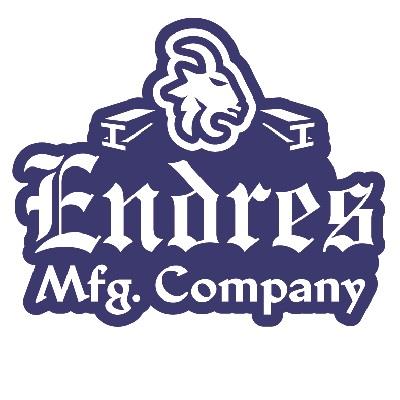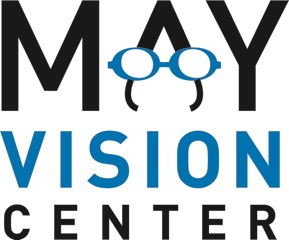Many Wisconsinites may not realize that if the UW-Madison campus were considered a city within Wisconsin, it would be the seventh largest in the state. With a population of 65,000, planning for the campus’ infrastructure, stormwater runoff, transportation, open space and facilities is done every two to six years.
At the Feb. 18 Waunakee Rotary meeting, Gary Brown, UW-Madison’s director of landscape and campus planning, discussed the campus master plan, which is completed every 10 years.
It includes a number of goals, including supporting the Wisconsin idea and land grant heritage, managing the physical, financial and cultural resources, and planning for future generations.
The process of arriving at the master plan is open and cooperative, Gary said, with lots and lots of meetings.
“Madison is our own little hybrid of democracies,” he said. “Everybody wants to play the game.”
It includes public outreach with neighbors and municipalities. The planning started in 2015 and two years later, more than 265 meetings had been held.
“It’s a very rigorous process, but it’s something very important,” Gary added.
It is also required by the state building commission and the Board of Regents.
In 2011, Madison redrafted its zoning code to include the campus within an institutional zoning district. That facilitates the process before the city’s plan commission.
Gary said he is eagerly awaiting to hear more about Gov. Evers’ biannual budget to learn about the capital budget.
He broke down some of the components in the transportation plan, noting that the campus offers biking, walking and alternative modes. The plan is to add 2,000 visitor parking spaces over the next 20 years.
New projects at the Meat Sciences building, along with others, are included, but many of these projects may be funded more through alumni gifts.
Plans for green streets that can allow for stormwater infiltration are also in the plan. Nearly 1,400 acres in Madison drain into Willow Creek, and the UW is working with the city and county to capture stormwater runoff.
Another project would address traffic in the area of Linden and Charter, where 45,000 students typically move through during passing times. Bridges are envisioned there between large lecture halls to make it easier for buses and people to move safely on campus.
To view the recorded Zoom meeting, visit: https://us02web.zoom.us/rec/share/025uYj9p0S19_SZ3qfpyWekr8rAzCBcpovOXpLaVqljSzngOEFOQ2ZvwrIZ563VU._pPYCk7UCWBqksg4 Passcode: 5^gUPq&u
Other news:
-Actual evidence of Rotarians working on the Village Center Pond has been collected, President Tom Kennedy told the club. Ray Statz and other club members installed I-beams Feb. 17, and Bob Arntz took photographed them. They planned to return to the project site Feb. 18 to work more on the project.
-The Easter Egg Hunt posters are printed, Jim Kattner said. Details about assembling goody bags and staffing needs for the event are still being ironed.
-Linda Olson organized a Zoom meeting for new members, Tom said. He encouraged the club to update their Club Runner accounts and be sure to get on the site.
Birthdays: March 1, Rex Endres
Anniversaries: None.








